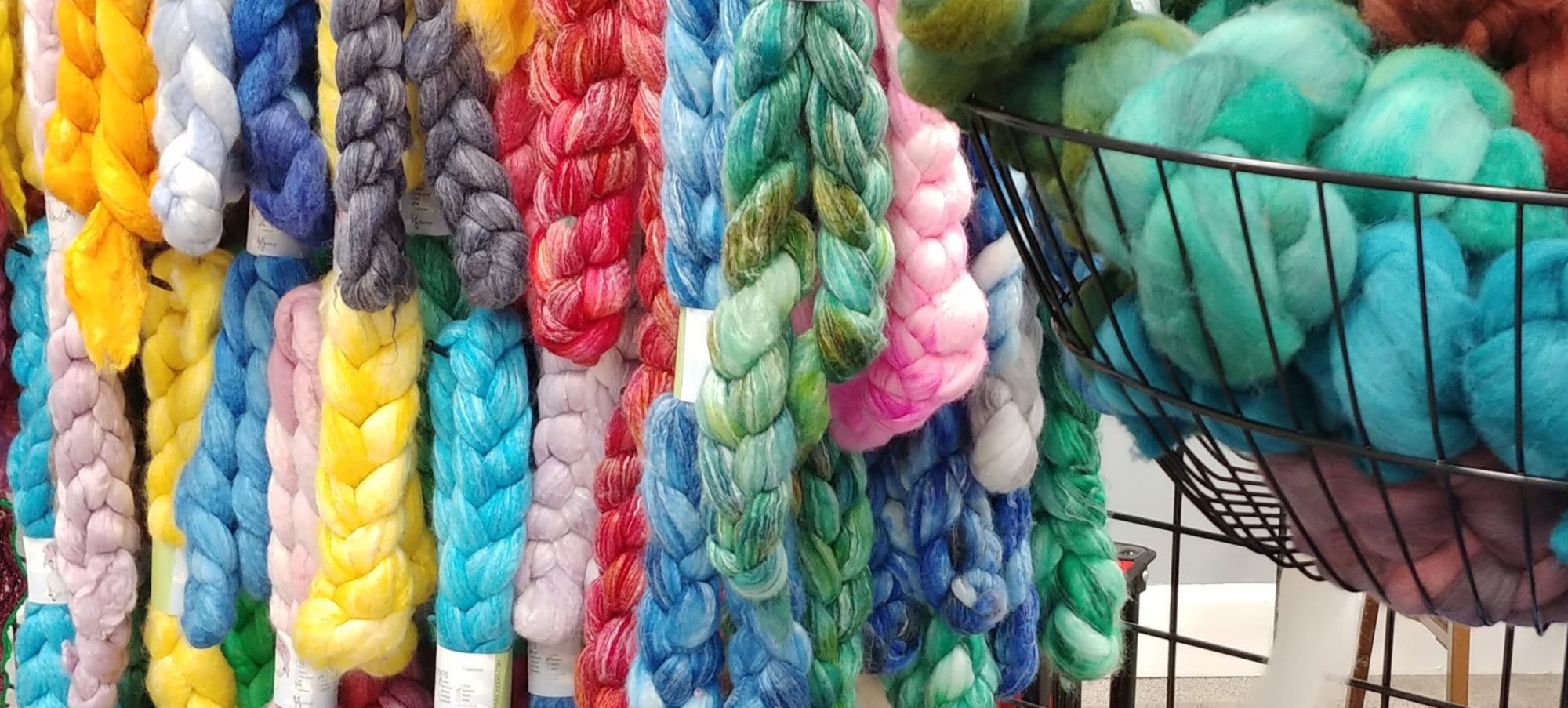I was scanning through scientific literature looking for something specific and became totally distracted when I saw an article about wool carder bees. Naturally, being a spinner, I had to check it out! European wool carder bees, Anthidium manicatum, are in the family Megachilidae which is home to leaf-cutter bees also known as mason bees. Although originally from Europe, they are well traveled and have been introduced to such varied places as the Canary Islands and several countries in South America. They arrived on our shores sometime before 1963, where they were found in New York State. Since then, they have spread across the U.S. and were documented in California in 2007. They may also have been intentionally brought to the U.S. for their pollenating ability. No consensus on whether the European wool carder bee was accidentally introduced or if it was a government sanctioned attempt at taking over the pollenating duties of the native honey bee (http://www.treehugger.com/natural-sciences/species-of-invasive-bee-leaves-carnage-in-its-wake.html), you will have to decide that for yourself. In their native Europe, wool carder bees are found primarily in gardens in England and are in fact the only Anthidium in England where they consume pollen like other bees, preferring long throated blue flowers of Old World origin. There are also native species, A. maculosum and A. palliventre which live their lives in a similar manner, supporting the theory that was an accidental introduction.


The wool carder bees are a small yellow and black bee and true to their family, they cut bits of leaves and flowers from such plants as roses, azaleas, red buds and bougainvillea to use in constructing their nests. The males aggressively defend their territory and their females from any other insect that enters that space, including honey bees. They are not ‘little terrorists’ as are their African counterparts. They are just pollinators going about the business of pollinating, something they do very well. According to an article from UC Davis (http://www.universityofcalifornia.edu/news/article/24881) they do not have 5 stingers or go to war with honey bees. The males do have five small appendages on the end of the abdomen that they use for defense and they are very aggressive about defending their territory.

But it is the females that earned the name ‘wool carder’ for the species. The female bees will find hirsute (hairy) leaves, such as lamb’s ears, and scrape the fuzz off the surface. She will bundle it against her abdomen and fly back to her nest where she will use it to line the nest for her offspring. She selects a cavity or hole and uses that to line her nest where she will lay her eggs. This is a solitary bee and does not form hives like the honey bees that many of us are familiar with.



A wool carding bee…now how cool is that?!?
I don’t remember if I ever found what I was originally looking for, I found something much better!
For more information:
http://www.honeybeesuite.com/native-pollinator-wool-carder-bee/
